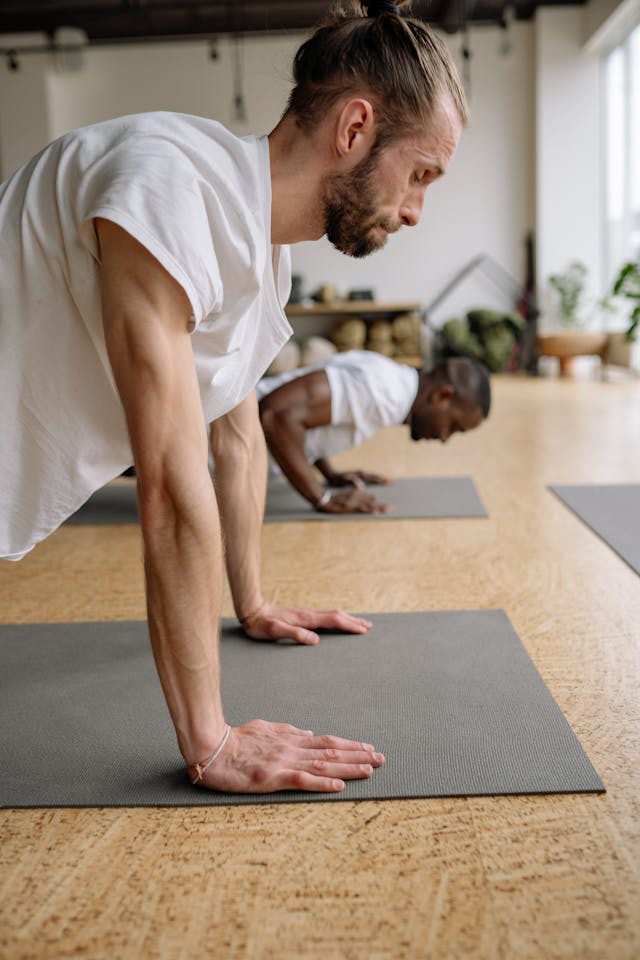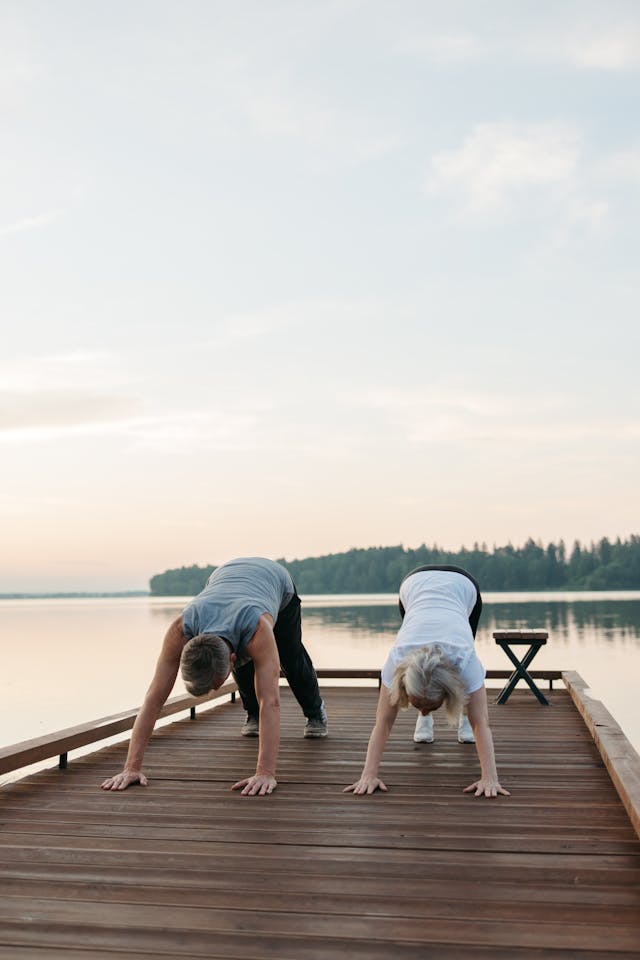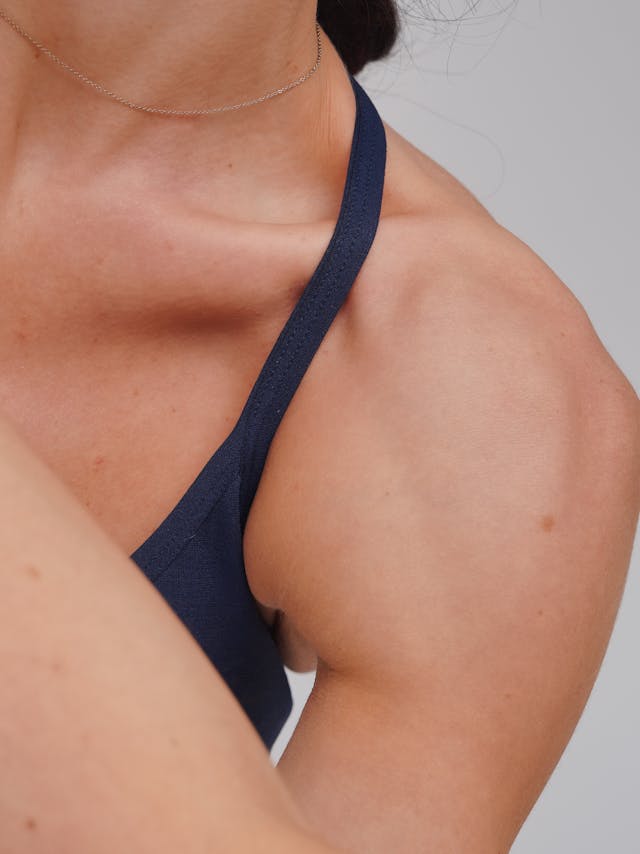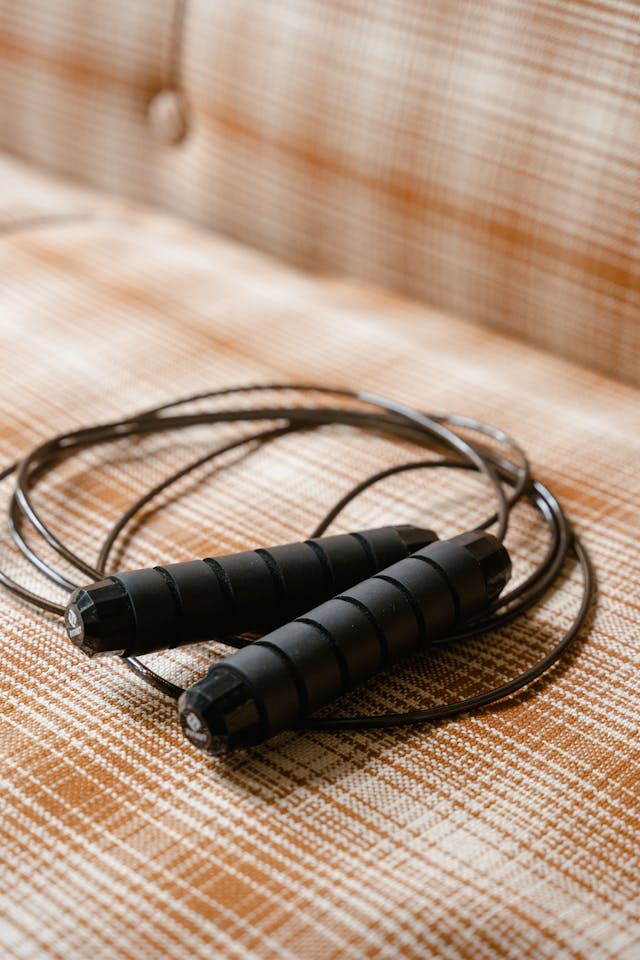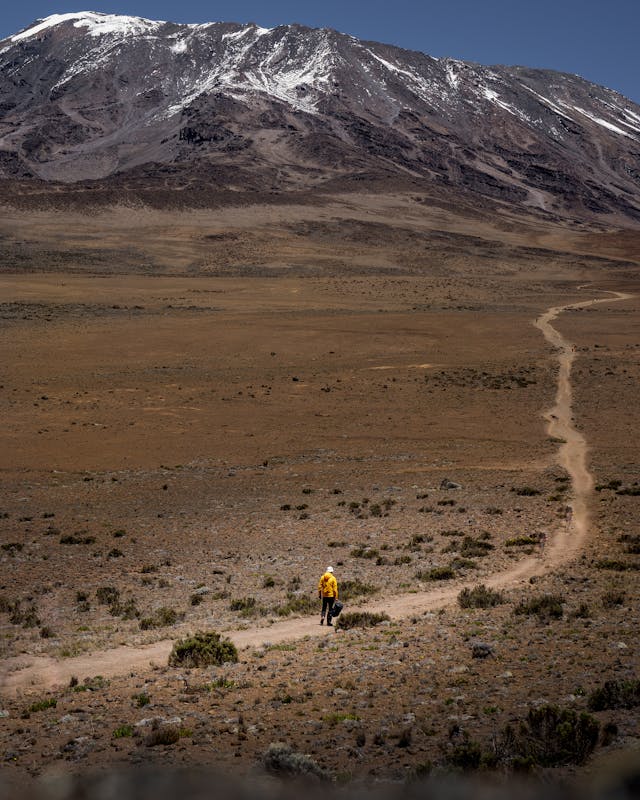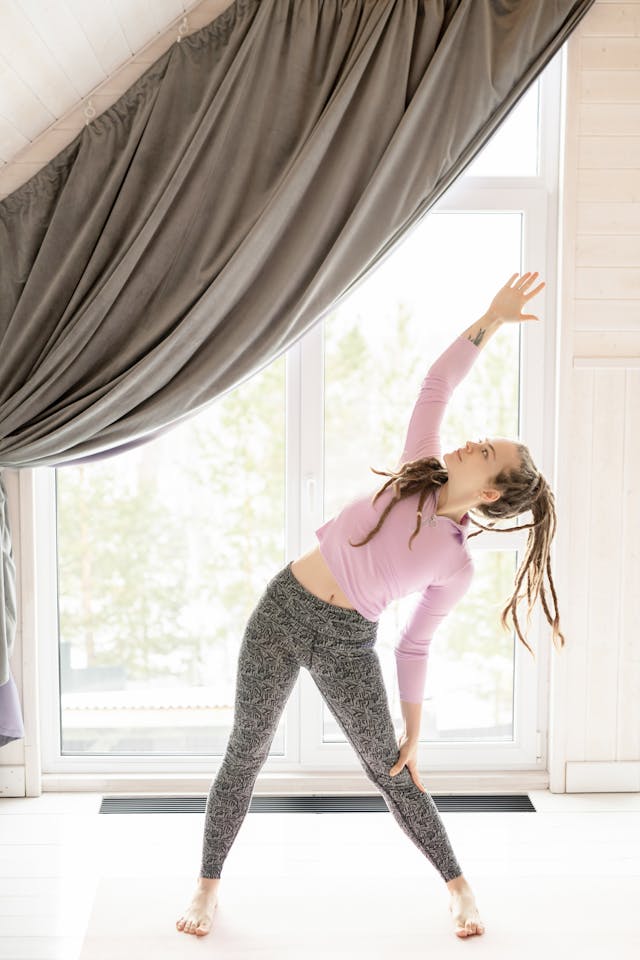The Ultimate Beginner Bodyweight Workout to Burn Fat and Build Muscle
Getting started with fitness can feel overwhelming. Gym memberships are expensive, equipment takes up space, and figuring out where to begin often stops people before they even start. The good news? You don’t need any of that to transform your body.
Bodyweight workouts offer the perfect entry point for beginners looking to burn fat and build muscle. Using nothing but your own body weight, you can create an effective training routine that delivers real results. These exercises work multiple muscle groups simultaneously, boost your metabolism, and can be done anywhere—your living room, backyard, or even a hotel room.
This beginner bodyweight workout is designed specifically for people who want to see changes in their body composition without stepping foot in a gym. You’ll learn the fundamental movements that form the foundation of all strength training, while torching calories and building lean muscle mass.
Why Bodyweight Workouts Work for Fat Loss and Muscle Building
Bodyweight exercises are incredibly effective because they combine strength training with cardiovascular benefits. When you perform movements like squats, push-ups, and burpees, your heart rate increases while your muscles work against resistance—your body weight.
This dual action creates what’s called the “afterburn effect” or excess post-exercise oxygen consumption (EPOC). Your body continues burning calories at an elevated rate for hours after your workout ends. Research shows that high-intensity bodyweight circuits can burn as many calories as traditional cardio while simultaneously building muscle.
Unlike isolation exercises that target single muscles, bodyweight movements are compound exercises. They engage multiple muscle groups at once, making them incredibly time-efficient. A single push-up works your chest, shoulders, triceps, and core simultaneously.
Essential Bodyweight Exercises for Beginners
Upper Body Strength Builders
Push-ups form the cornerstone of any bodyweight routine. They target your chest, shoulders, and triceps while engaging your core for stability. Beginners can start with wall push-ups or knee push-ups before progressing to full push-ups.
Pike push-ups shift the focus to your shoulders. Start in a downward dog position and lower your head toward the ground, then push back up. This movement builds impressive shoulder strength and prepares you for more advanced exercises.
Tricep dips can be performed on a chair, couch, or even the floor. They specifically target the back of your arms, helping create definition in an area many people struggle with.
Lower Body Power Moves
Squats are the king of lower body exercises. They target your quadriceps, glutes, and hamstrings while improving mobility and functional strength. Focus on sitting back like you’re reaching for a chair, keeping your chest up and knees tracking over your toes.
Lunges challenge your balance while building unilateral leg strength. They target the same muscle groups as squats but add an element of stability and coordination. Start with stationary lunges before progressing to walking lunges.
Single-leg glute bridges isolate your glutes while improving hip stability. Lie on your back, lift one leg, and drive through your planted heel to lift your hips. This exercise is crucial for building a strong posterior chain.
Core Strengtheners
Planks build isometric core strength. Start with 20-30 seconds and gradually increase your hold time. Proper form is crucial—maintain a straight line from your head to your heels.
Mountain climbers combine core strength with cardiovascular conditioning. From a plank position, alternate bringing your knees toward your chest as quickly as possible while maintaining good form.
Dead bugs might look simple, but they’re incredibly effective for core stability. Lying on your back with arms extended and knees at 90 degrees, slowly lower opposite arm and leg while keeping your lower back pressed to the floor.
Your Complete Beginner Bodyweight Workout Routine
Workout Structure
Perform this routine 3-4 times per week with at least one rest day between sessions. Complete 2-3 rounds of the entire circuit, resting 60-90 seconds between exercises and 2-3 minutes between rounds.
Warm-up (5 minutes)
- Arm circles: 10 forward, 10 backward
- Leg swings: 10 each leg, forward and back
- Bodyweight squats: 10 reps
- Walking in place with high knees: 30 seconds
Main Circuit
- Push-ups: 8-12 reps
- Squats: 12-15 reps
- Plank hold: 20-30 seconds
- Lunges: 8-10 per leg
- Tricep dips: 8-12 reps
- Single-leg glute bridges: 8-10 per leg
- Mountain climbers: 20 total (10 per leg)
- Pike push-ups: 5-8 reps
Cool-down (5 minutes)
- Forward fold stretch: 30 seconds
- Seated spinal twist: 30 seconds each side
- Child’s pose: 1 minute
- Deep breathing: 2 minutes
Progression Strategies for Continued Results
As your strength improves, you’ll need to make your workouts more challenging to continue seeing results. Here are several ways to progress:
Increase repetitions: Add 1-2 reps to each exercise every week until you reach the upper end of the rep range.
Add time: For timed exercises like planks, increase your hold by 5-10 seconds weekly.
Advance the movement: Progress from knee push-ups to full push-ups, or from bodyweight squats to jump squats.
Increase workout frequency: Once you can complete the routine easily, add an extra day per week or perform it twice in one day.
Reduce rest periods: Shortening rest between exercises increases intensity and cardiovascular benefits.
Common Mistakes to Avoid
Poor form is the biggest mistake beginners make. It’s better to perform fewer repetitions with perfect technique than many reps with sloppy form. Quality always trumps quantity.
Don’t skip the warm-up and cool-down. These components prevent injury and improve recovery. Five minutes on each end of your workout can make a significant difference in how you feel.
Avoid doing the same routine indefinitely. Your body adapts quickly to repeated stimuli. Change your routine every 4-6 weeks to continue progressing.
Many beginners expect immediate results and quit when they don’t see changes within the first week. Body composition changes take time—stick with your routine for at least 4-6 weeks before evaluating progress.
Maximizing Your Fat Burning Potential
To optimize fat loss while building muscle, focus on creating a slight caloric deficit through your diet while maintaining adequate protein intake. Aim for 0.8-1 gram of protein per pound of body weight to support muscle growth and recovery.
Stay hydrated throughout your workouts and recovery periods. Water plays a crucial role in fat metabolism and muscle function.
Get adequate sleep—7-9 hours per night. Recovery is when your body actually builds muscle and burns fat most effectively.
Consider adding short walks on your rest days. Light activity promotes recovery while burning additional calories without interfering with your strength gains.
Building a Sustainable Fitness Foundation
Starting with bodyweight exercises creates a solid foundation for long-term fitness success. These movements teach proper body mechanics, build functional strength, and develop the discipline needed for more advanced training later.
The beauty of this beginner bodyweight workout lies in its simplicity and effectiveness. You can start today, regardless of your current fitness level or available equipment. As you build strength and confidence, you’ll discover that the most powerful gym equipment you need is the body you already have.
Remember, consistency beats intensity for beginners. Focus on showing up regularly rather than pushing yourself to exhaustion. Your future self will thank you for taking this first step toward a stronger, healthier body.
